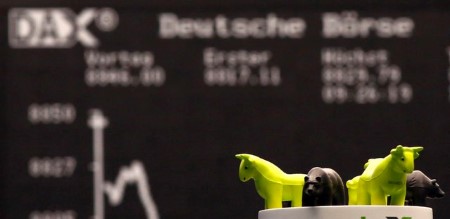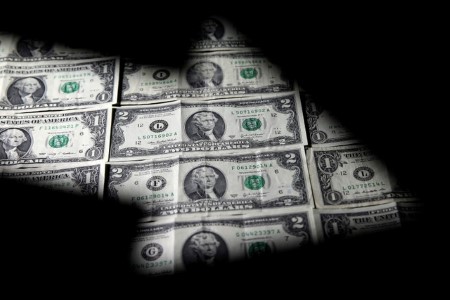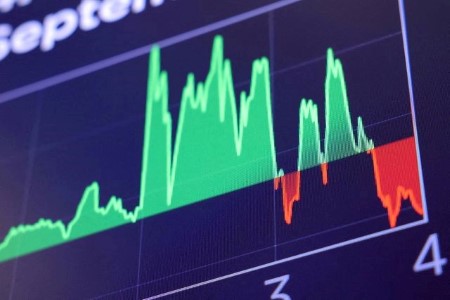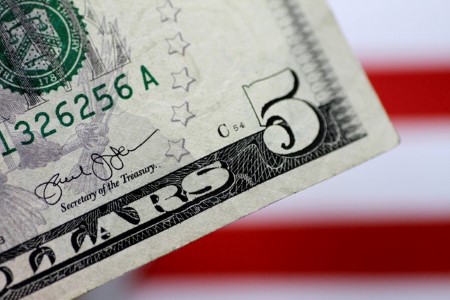Investors are anticipating India’s first interest rate cut in nearly five years on Friday, which would be the latest move from major central banks around the world that points to a renewed desire to loosen policy and lower borrowing costs.
The obvious exceptions are the US Federal Reserve, which has paused its easing cycle, and the Bank of Japan, which is gradually raising rates, albeit from virtually zero.
But the Reserve Bank of India’s decision comes amid growing concern worldwide over the potential damage to economic activity and growth from US President Donald Trump’s tariff threats.
The Bank of England and Bank of Mexico cut interest rates on Thursday, and there was an element of dovish surprise to both – the BoE’s decision to lower rates by 25 basis points was expected but two policymakers voted to cut 50 bps, while Banxico said its 50 bps cut could be repeated at future meetings.
US Treasury yields, meanwhile, have fallen below 4.50% as worries about US growth bubble up again, and a soft employment report on Friday will bring 4.00% closer into view than 5.00%.
Economists polled by Reuters expect the Reserve Bank of India to cut its key repo rate by 25 basis points to 6.25% in Governor Sanjay Malhotra’s first monetary policy review, as it attempts to shore up flagging growth.
India isn’t in Trump’s immediate line of protectionist fire but policymakers won’t be complacent. India’s trade surplus with the US has doubled in five years to the current USD 45 billion, and the rupee’s persistent weakness ties the RBI’s hands in the event of further tariff-led appreciation of the dollar.
The rupee is one of the worst-performing emerging currencies against the dollar this year, trading at an all-time low below 87.00 per dollar. A rate cut is widely expected so it should be in the rupee’s price, leaving all eyes on the new governor’s guidance.
Asia’s economic calendar on Friday includes foreign exchange reserves from several countries including China, inflation data from Taiwan and, perhaps more importantly in the current climate, January trade figures from Taiwan also.
Taiwan’s trade deficit with the US last year widened to USD 74 billion, meaning it has virtually quadrupled in six years.
Taiwan said this week it will support companies that plan to relocate to the United States, including helping them find partners. Taiwan is home to chipmaker TSMC, which has a USD 65 billion investment in the US to build factories in Arizona.
Wall Street’s main indices essentially trod water on Thursday, offering little direction to Asia on Friday. But Amazon shares fell as much as 5% in after-hours trade as investors gave the company’s Q4 earnings an initial thumbs down.
Here are key developments that could provide more direction to Asian markets on Friday:
– India rate decision
– Taiwan trade (January)
– China FX reserves
(By Jamie McGeever, editing by Deepa Babington)







 DOWNLOAD
DOWNLOAD













